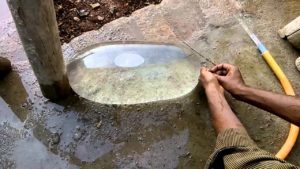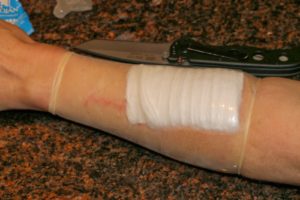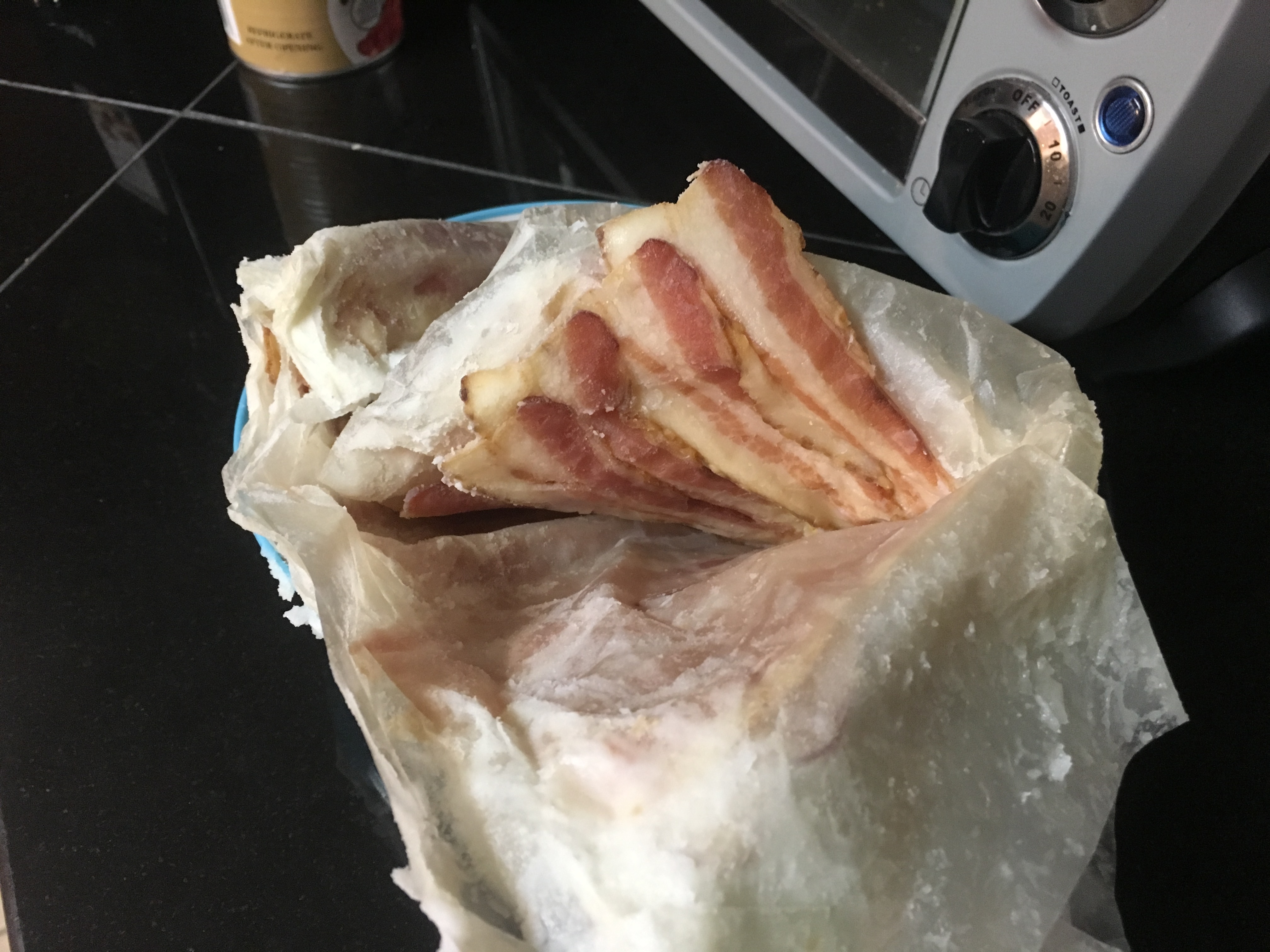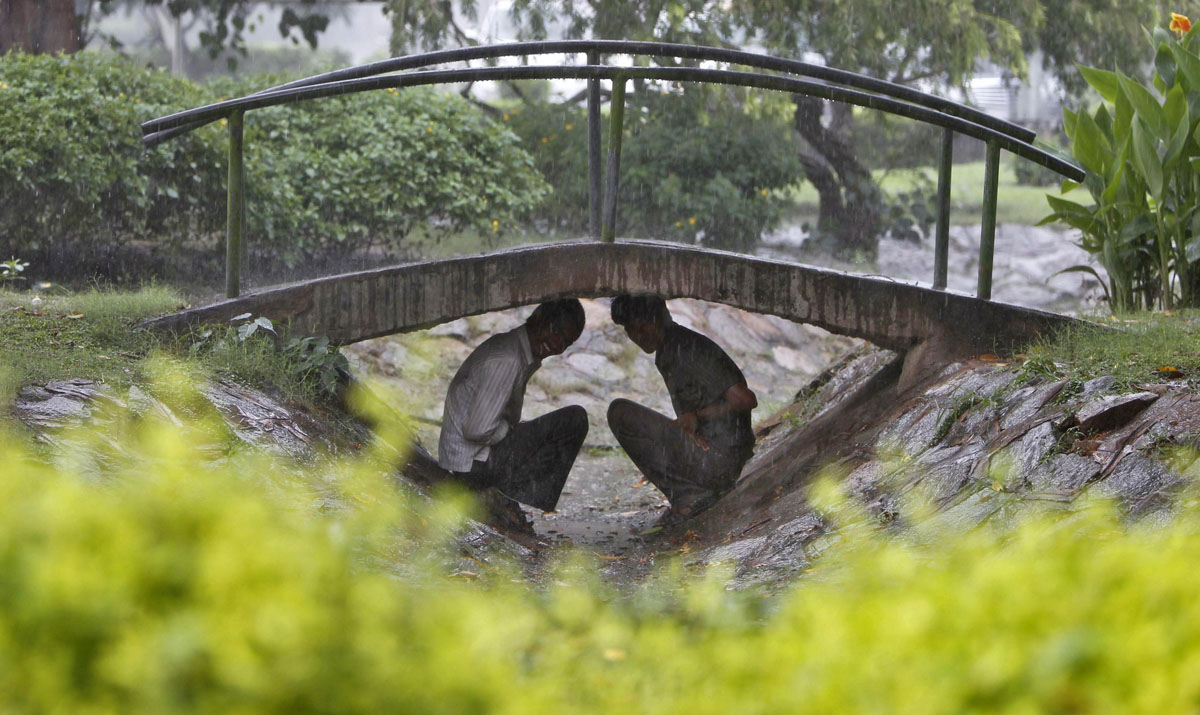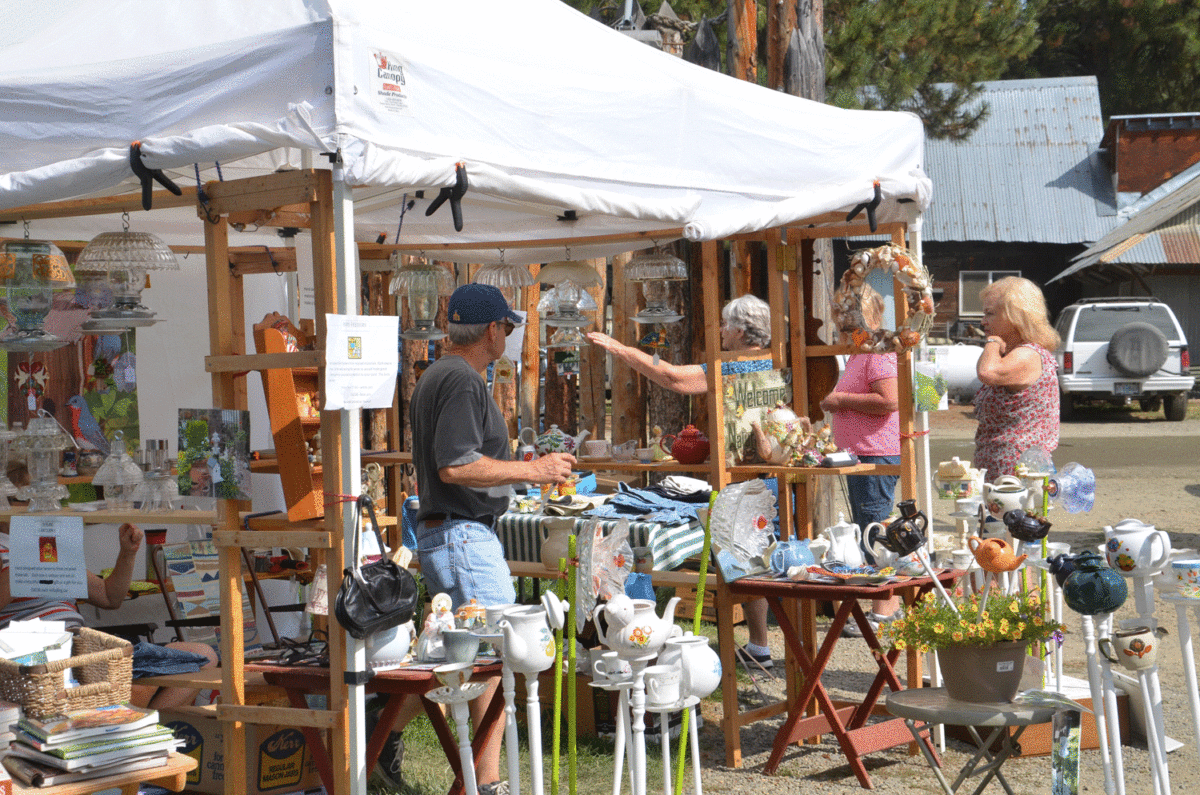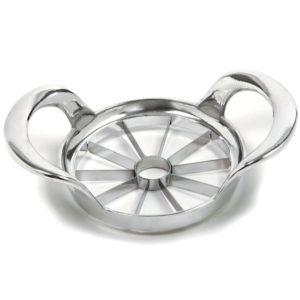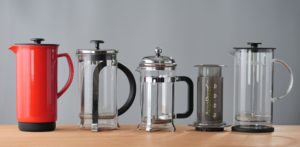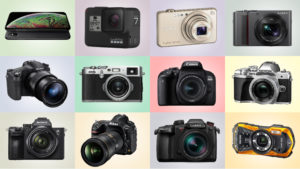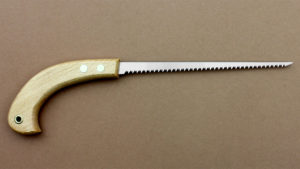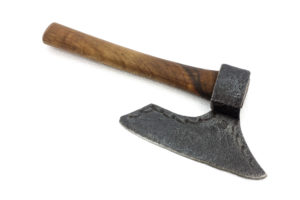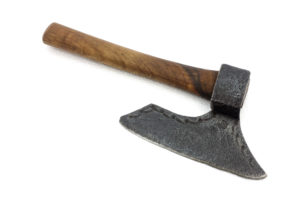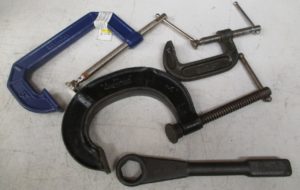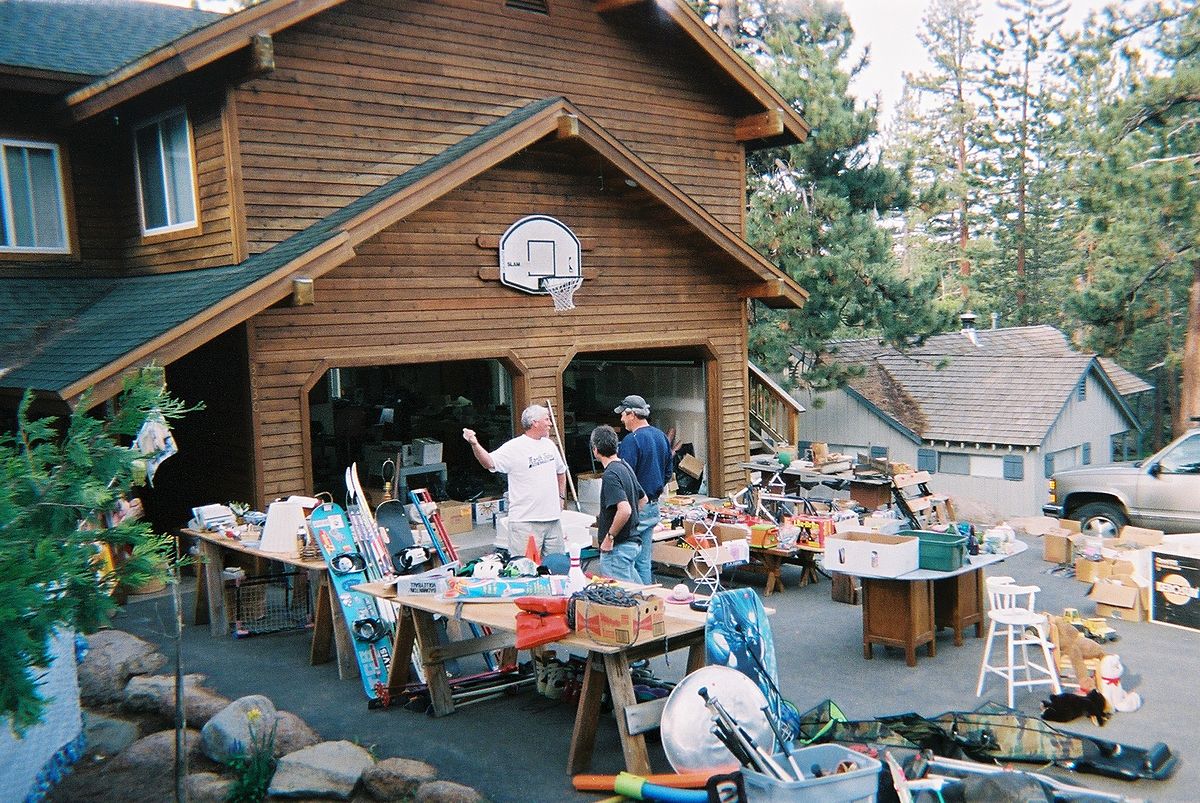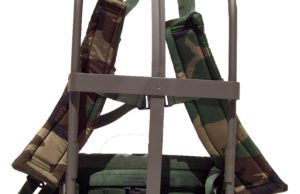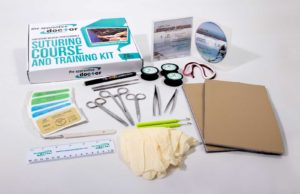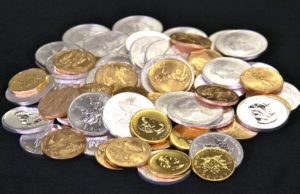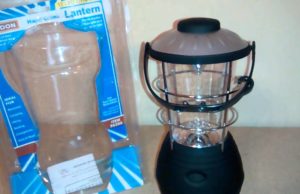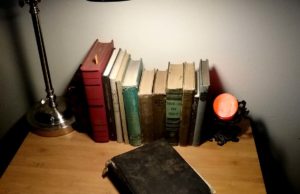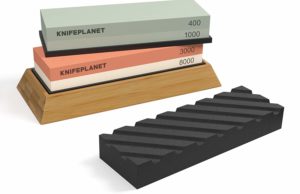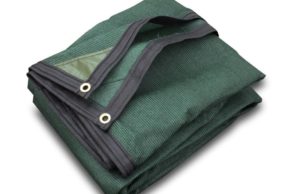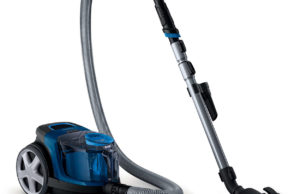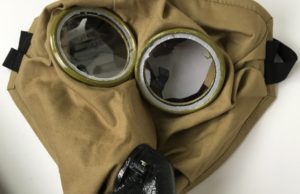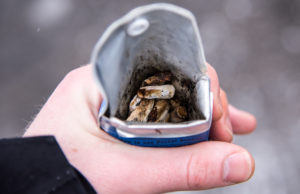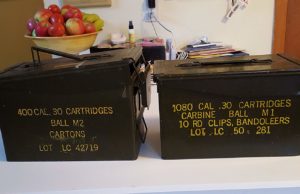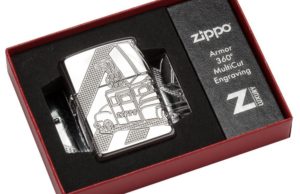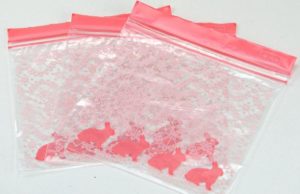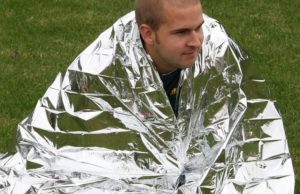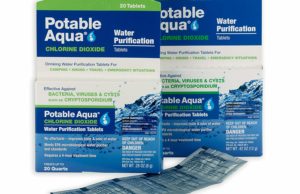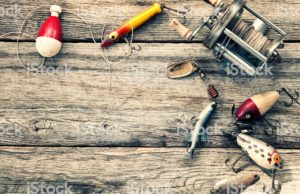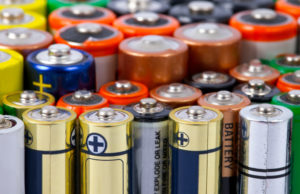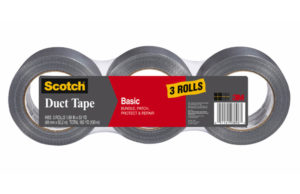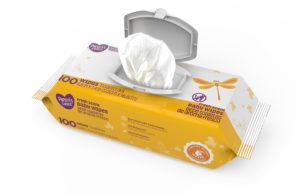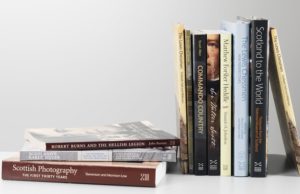17 Condom Uses in an SHTF Situation
As the saying goes, there are more ways to skin a <please insert name of an animal other than a cat, because Mr. Jynx is giving me the death stare while I’m writing this> and even more ways to use a pleasure rubber when the shit hits the fan. Yes, you’ve nailed it – today’s article will be about that one item that flushes out first-daters, being the embodiment of unbridled passion, lost nights, and broken hearts – the condom.
With a history that spans at least one millennium, this STD prevention is, in some parts of the globe, standard equipment for infantry and other military branches. Did you know that during the Juno beach landing of 1944 US soldiers used natural rubber condoms to prevent sand and enter seeping into their weapons? Yes, it’s quite an ingenious trick which kind of proves to us that even an object wildly associated with bouncy-bouncy can have many uses, some of them even outside the bedroom.
Anyway, ever since writing that piece on survival uses of chapstick, I’ve been messing around the Internet searching for even more ‘odd’ objects that have a great SHTF potential. Of course, I could’ve gone with anything like bobby pins, household bleach, zip ties or whatever, but yours faithfully seemed to be more drawn to the wondrous world of bedroom games and ear-ripping onomatopoeia rather than shed-ware.
So, without further ado, here are 17 great ways of using pleasure rubbers in a shit hits the fan situation.
- Water carrier
Remember when we were kids, and we used to buy rubbers by the dozen only to use them as water balloons? Well, wouldn’t you know it, condoms can double up as water carriers in case of an emergency. And if you’re now wondering just how much water a condom can hold, let me clear that up for you – most of the ‘regular’ fit types can carry up to a gallon of water or even more.
If you’re looking to enhance your B.O.B with additional water-carrying items, you should consider throwing in a pack of ginormous condoms. Word of warning though – don’t rely too much on condoms when it comes to storing water. Making do with one on an emergency is okay, but in the long run, you may get off with a very bad taste in your mouth after drinking water (that would be the lubricant or the anesthetic, depending on the brand).
- Open wound management
Bandages may be hard to come by during an emergency (happens all that time). That’s why you need to be ready to improvise. Though odd, carrying a condom or two in the first-kit may be more beneficial than you realize.
If you run out of sterile gauze or pads, you can tape a condom over the cleaned and debrided wound. This acts as a water sealant and as a barrier for bugs, dirt, or anything in between. In case of light luxation, you may be able to use a condom as an icepack (just fill the thing with ice or ice-cold water and apply on the affected area).
- Food storage

Yikes! Condoms used as plastic bags for food storage! What has the world come to? Actually, it’s a far better idea to store food in such a container, since condoms do a great job at keeping moisture away.
More than that, because most respectable condom manufacturers add a trace amount of disinfectant inside the rubber, those bad boys can also whack germs away apart from keeping moisture away. Remember when we were kids and used to think that milk-filled rubber gloves are udders? Use your imagination on this one.
- Sterile gloves

Any wound management protocol dictates that any nick, cut or open wound should never be touched without sterile gloves. Sure, that’s true in a world with ample medical supplies, but may become something of luxury during an SHTF situation. If you run of gloves or, worse, you sterilize medical supplies have gone bad; you can pull a condom over your hand and use them as rubber gloves. Of course, it’s trickier to worth with stuff that has no fingers, but then again, who cares?
- Corking bottles

I’m the kind of person that always loses bottle caps. Yes, I know it’s frustrating, and in most cases, those darn caps disappear as if wished away by a trickster or something. Don’t panic! If you have a condom within reach, you can use it to cover the opening of a container.
I wouldn’t use on fizzy drink, because the surface is not good enough to prevent the gas from getting out. In case you were wondering, yes, I did, in fact, used an open condom to cover a milk bottle, which I later placed in the fridge. I imagine my wife was not too pleased to discover a pleasure rubber stuck in the bottle when she made breakfast.
- Fire-starter

There are always plenty of ways to start a fire, but it all depends on what kind of tinder or fuel you’re using. If you don’t have char cloth or whatever, you can always rip open a condom pack and use it as a fire-starter. Be careful about lighting it though – it’s going to get up in flames really fast so keep a safe distance to prevent breathing in those toxic fumes.
- Water-proofing gadgets

The rain in Spain may, indeed, stay mainly on the planes, but out here it tends to knock out everything that’s electronic in nature. I had to pay a whopping $1,000 for two new phones because of the rain- yes, I don’t always carry an umbrella or raincoat.
Anyway, if you’re caught in the rain and don’t have anything on hand to protect your smartphone or tablet, you can use a condom to create a water-repellent barrier around the device. Just make sure you tighten the other end of the condom. Might be a good idea to keep the case on, as many smartphones have jagged edges which can punch holes in the condom.
- Slingshot
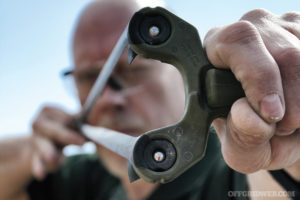
If you’re out hunting for small game or just target practice, you may be able to use a condom to fashion a slingshot. All you have to do is to find a y-shaped piece of wood. Tie both ends of the condom, put some padding in the middle, and that’s basically it. Good huntin’!
- Tourniquet
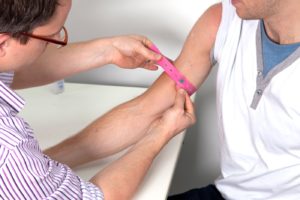
Although the tourniquet should not be used outside the hospital or by people who have minimal medical training, some cases call for drastic measures. If you’re dealing with an arterial bleeder, you will need more than one pressure point to control the bleeding. Condoms are great for this job – since the outer surface is dry, you can be sure that the thing won’t slip when you’re tying it around a wound.
- Weather-proofing matches
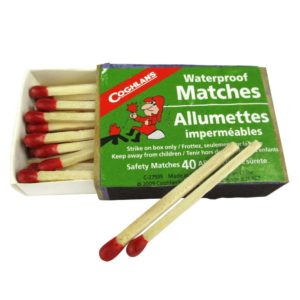
Saw a movie once about two Canadian soldiers fighting in the mud-filled trenches of Passchendaele who were having a chat on crucial field-survival techniques. While the first one argued that keeping you gun dry or having a full canteen are the most important things to consider in a survival situation, the other said that keeping your matches dry is much more essential (having something to light a cig and soothe your nerves before the big push).
War aside, the weather-proofed match can take quite a beating, but in some situations (dropping the box in a river or stream), not even goodwill can make those matches come back to life. This is where the condom comes in – before setting out, place your matchbox inside a condom to add an extra water-proof layer. Of course, you can do the same for other fire-starting gadgets the tinderbox, lighter, and emergency candles.
- Flotation device

If you ever find yourself floating on the ocean or any body of water for that matter, you can always blow up a condom and use it as life preserver or vest. Keep in mind that condoms can usually hold one or two gallons of water, which means that they tend to displace the same volume of liquid.
- Trash bag
Whenever in doubt, use a condom. In case you don’t have anything on hand to dispose of trash, pop open a condom and use it as a garbage bag. Sure, it won’t look pretty, but at least it gets the job done.
- Opening jars

Have you ever heard about the expression “mom-sealed jars”? Those aren’t your regular sealed jars, but the doing of someone whose aim was for the jar to stay that way forever. Yes, my mom always had a fiendish delight in seeing me getting read in the face when I tried to open one of her canning jars. Fortunately, there’s a way to breaking the seal without using torch blowers, saws or hammers – wrapping a condom around the lid. That will give you more grip than usual.
- Footcare
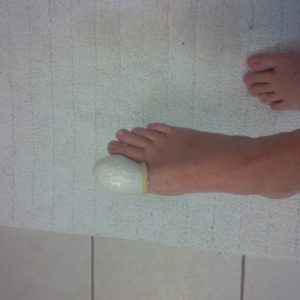
I could never wear a new pair of shoes without ending up with tons of blisters on the soles. And, apparently, I’m not the only having this problem. Now, if you’re just like me when it comes to new shoes, I would advise placing a condom on each foot before trying them on. This will minimize friction, thus allowing your foot to get used to the new shoes. Try this one for size!
- Hand care during woodworking
Doing a little bit of carpentry in your spare time is great. Except for those damned splinters that somehow end up in your fingers. Fortunately, there’s a great workaround for that and, yes, it does not involve wearing padded gloves – wrapping condoms over the fingers holding the wood. I know it looks silly, but don’t judge it before you try it.
- Keeping away peeping Toms and animals
I shit you not when I say that those things can really leave a mark if you know how to throw them. Having a hunting cabin means I’m accustomed to dealing with the regular scavenger bear and other two-legged beasts. In case of bears, I like to fill a condom with water and to throw it as close to the critter as possible (don’t hit it though, because this will surely prompt an attack). You can always do the same for people hanging around your property or for pulling a prank on a family member.
- Defensive weapon
There’s nothing more manly than that feeling you get when holding or making a weapon. If you find yourself in a close encounter situation, you can always defend yourself using a condom filled with sand, dirt, rubble, small rock or anything you found nearby. Sure, it would awfully silly to smack someone over the yapper with pink condom stuffed with sand, but a man’s got to do what a man’s got to do to protect himself.
That’s it for my killer list of how to use a condom in a survival-type situation. Thought of any other uses for a condom in SHTF case? Let me know in the comments section.
Remember when we were kids, and we used to buy rubbers by the dozen only to use them as water balloons? Well, wouldn’t you know it, condoms can double up


